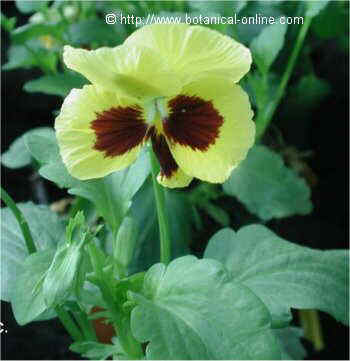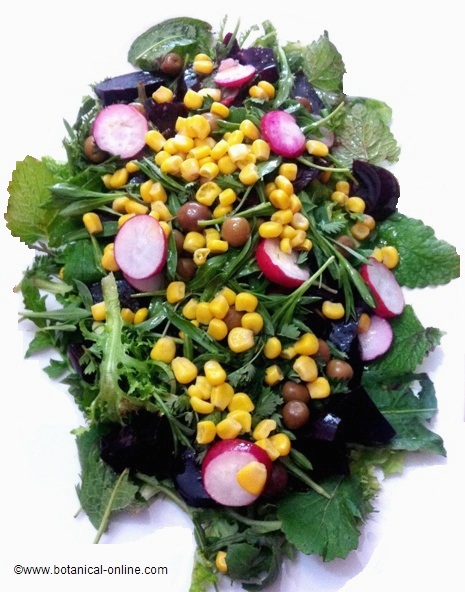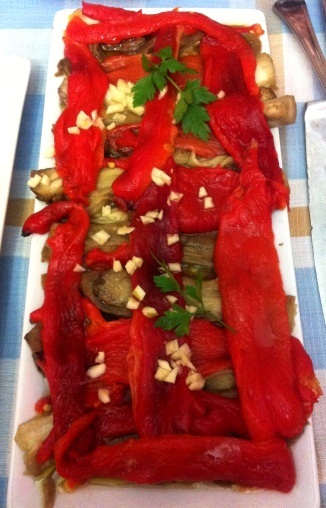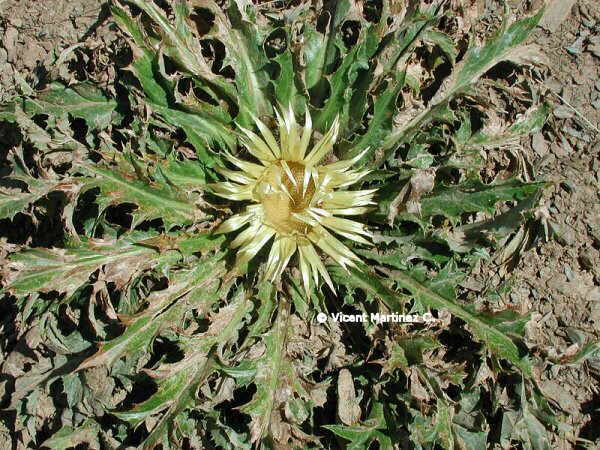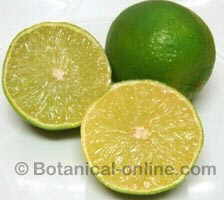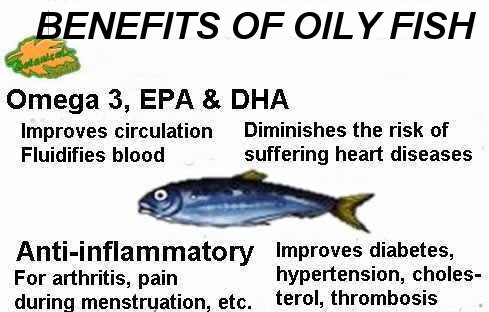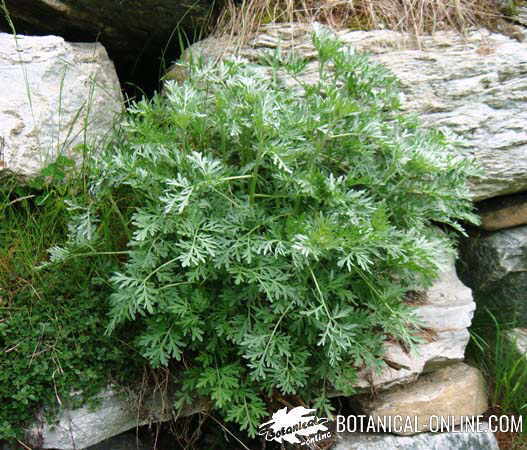Violet classes
What are violets like?
Violets stand out for their flowers, characterized by having 5 petals, of which three extend horizontally and two vertically.
In the back the flower presents a spur where the nectar is. Most have heart-shaped or kidney-shaped leaves, usually whole.
There are approximately 500 species of violets, mainly in temperate zones around the world, although they abound especially in North America and Japan.
There are many hybrid species that are used in gardening.
Main species of violet
Among the main violet species we could mention the following:
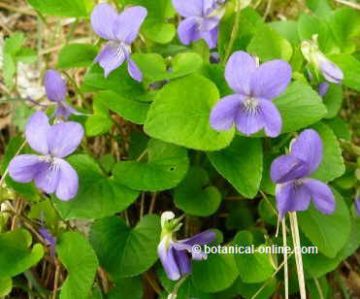
- Common violet (Viola odorata) It is characterized by a hook style (More information on the properties of this violet)
- Alpine yellow-violet, arctic yellow violet or twoflower violet (Viola biflora) It is characterized by its yellow flowers that grow solitary or even in spring in alpine and subalpine meadows. With properties similar to the Viola odorata.
- Long-spurred violet or mountain violet (Viola calcarata) It can be found in the Alps and in the Balkans. It blooms during the spring and summer forming colonies of about 10 cm in height by 30 cm in diameter. Its flowers can be blue, violet or yellow. With properties similar to the Viola odorata.
- Smooth-Leaf White Violet (Viola pilosa) With properties similar to Viola odorata.
- Canadian white violet, white violet, Canada violet (Viola canadensis): With white flowers, with violet and yellow shades. Very striking, heart-shaped leaves. It is a fairly high species, it can reach 60 cm in height. It grows in North America, Canada and the Northwest of the United States. It is used primarily as a laxative and for the treatment of skin problems.
- Heath dog-violet, heath violet (Viola canina): Native to Europe and very similar to Viola odorata. Unlike this, it has no smell and is a little larger, especially its leaves, which are characterized by increasing in size once the flowering has passed. Flowers pale blue. It grows in bushes, on dunes, heaths and other places preferably of acid soil. Used primarily as an expectorant.
- Ivy-leaf, native violet (Viola hederacea): From southeastern Australia, presents kidney-shaped leaves and white flowers with a violet spot on the throat on peduncles about 15 cm. It grows forming compact and wide carpets of about 10 cm in height, especially on humid and shaded floors. It has been used for the treatment of cancer.
- Viola cinerea: Its use is limited to causing vomiting.
- Horned pansy, horned violet (Viola cornuta): Native to the Pyrenees, it grows on mountain pastures, on acidic or neutral soils. Leaves bright green, It has small flowers but very resistant to both hot and cold temperatures and diseases. Flowers from spring to summer. Its medicinal properties are unknown.
- Japanese violet (Viola japonica) : From China, Japan and Korea, where it grows in low areas and edges of the hills during the months of March and April. Its flowers are pale violet with darker veins and very prominent spur. Gray-green lanceolate leaves with dusty underside. Used internally to combat jaundice and hepatitis. In external use for the treatment of boils, abscesses and conjunctivitis.
- Early dog-violet, pale wood violet (Viola reichenbachiana): Can be found throughout Europe and in the Himalayas in calcareous forests forming broad clumps of only about 5 cm in height. Violet, mauve or blue flowers that appear at the beginning of spring. Green leaves kidney-shaped. It forms the Viola × bavarica hybrid with the Viola riviniana species. It is used as an expectorant and vulnerary.
- Tokyo violet, Stakich Asian violet , (Viola yedoensis): Very abundant in meadows of China, Korea and Japan. It flowers during the months of March and April, reaching a height of about 10 cm. Flowers pale violet. It is used for skin problems.

Photo of common pansy (Viola tricolor) - Common pansy, heartsease, Jack-jump-up-and-kiss-me, three faces in a hood, love-in-idleness (Viola tricolor) With properties similar to those of Viola odorata.
- Pale dog violet (Viola lactea) With light violet flowers that occur between May and June. Narrow oval leaves. It grows in heathland and poor land, forming low massifs. It has been used for the treatment of cancer.
- White violet (Viola lactiflora): From Japan, Korea and China, grows in coniferous forests or meadows. It is characterized by its pure white flowers and its long leaves. It has been used for the treatment of cancer.
- Mountain pansy (Viola lutea): Natural of Europe, grows mainly in the mountains of the Vosges, the Alps and the Pyrenees between 1000 and 1500 meters of altitude. It is a robust violet that can reach 40 cm in height. Its flowers are yellow or purple between 2 and 4 cm in diameter. Cordiform lower leaves; the superior, elliptic-lanceolate. It blooms during the months of July and August. It has been used for the treatment of cancer.
- Manchurian violet (Viola mandshurica): Natural of Japan, China and Korea. It grows abundantly in lowland grasslands, on land rich in humus, although well drained in locations protected from the wind and direct sun. Elliptic-lanceolate, thick and bright green leaves. Lilac flowers strong. It has been used for the treatment of cancer.
- Chinese violet (Viola patrinii): From Japan and China, where it can be found in meadows or edges of forests and streams. It reaches the mountains of the Himalayas, where it grows in elevations located between 2000 and 2800 meters of altitude. It is a violet that reaches 10 or 15 cm in height. Very similar to the Violet of Manchuria, although it differs by having white flowers with blue lines inside and shorter spurs. It has been used for the treatment of cancer.
- Pinnate violet (Viola pinnata): Natural from central Europe and eastern Asia, it grows in grasslands between 1000 and 2000 meters above sea level. They have been used for the treatment of cancer.
- Common dog violet (Viola riviniana): It comes from the entire Mediterranean region, reaches about 20 cm in height. It grows in oak, beech and poplar forests, as well as in meadows or roadsides. They have heart-shaped leaves and large, non-odorous flowers up to 2.5 in diameter of bluish-violet color on long floriferous peduncles. Flowers between May and April. It has been used as an expectorant, antitussive and sudorific.
![]() More information on violet.
More information on violet.
This article was endorsed by Julián Masats - Technical agricultural engineer specialized in horticulture and gardening.
Written by Vicente Martínez Centelles Founder of the web and director. Teacher of natural sciences, expert in plants, natural remedies and botanical photography.
21 June, 2025

